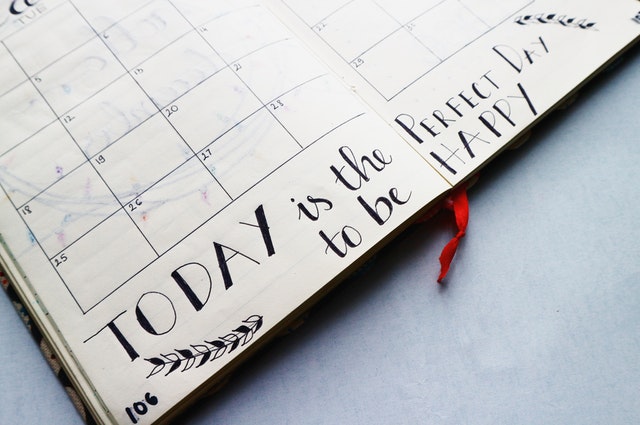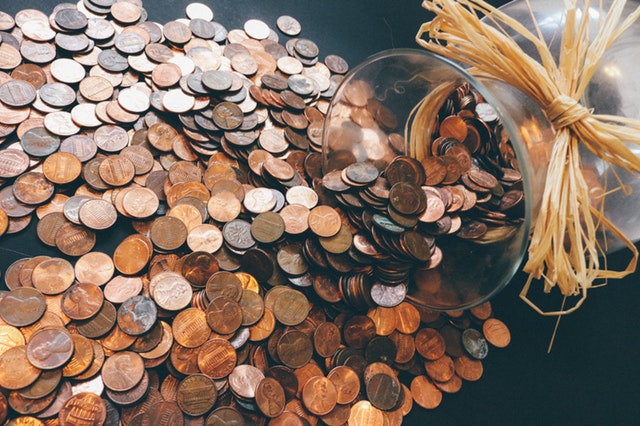30 Days of Saving
I am constantly looking at fresh approaches to debt freedom, so when I recently came across the 30 day savings rule, I liked that it has a lot of common sense behind it.
Impulse purchases can quickly derail any debt reduction or debt elimination plan, but impulse purchases can be so tempting. When you see that got-to-have-it item that you never planned to buy, put the money into your savings instead and tell yourself you want to think about the purchase for thirty days. After thirty days pass, if you still want the item, go ahead and buy it, otherwise, your savings account balance stays higher. If you see another item, follow the same steps. The purpose of this exercise is to save emergency money and then pay off debt to become debt free.

How to get started
When you are tempted by any product or service ad, write down or text yourself the name of the item/service, where you found it and the costs. Or, copy the product information and internet address and email the link to yourself. Put the note with the date on your fridge or bulletin board or wherever in your home you will see it. If you decide to save, you keep the money in your account. If you decide the product is worth it, take the funds out of the bank account to buy the product. Note: Buy in person, if you can. If you are physically paying cash for the product, your mind is more aware of the actual cost of the product. The thirty days gives you time to decide whether it is a need or want, and whether the item will improve your life enough to offset the drop in your bank account.
Saving is tough for some people. But here are some other shortcut reminders for you.

- Save spare change. I always kept change only long enough to pay the exact amount for the next purchase. One day I saw someone saving hundreds by putting all the day’s spare change into a large bank. I began to do the same, and it has come in pretty handy. Try saving your change for thirty days too. Put your daily change into a bank or box. At the end of thirty days, check the amount and put it into your savings account too. Don’t worry about the amount, because this is an add-on to several different savings challenges. This is about cumulative results.
- Stop Dining Out. Seriously, we say this often, but eating out suck the funds out of your savings and racks up more debt than you can imagine. For just one month, cook at home and check the difference in your account. Add up last month’s receipts from meals and drinks out if you need more motivation.
- Save until you have the equivalent of 3 months of expenses in your emergency fund. This is different for those of you with heavy debt, maybe you need to set aside 1 month of expenses, and focus on paying off as many accounts as you can. With fewer account balances and less monthly payments to make, the money in your savings will go farther.
Going debt free is a long haul for many of us, and DebtFreedomPros.com was created to help you find the support you need to get through the process. but a 30 day commitment to save and to review whether our lifestyle is really making us happy, when it weighs us down with debt is something most of us can commit to.
